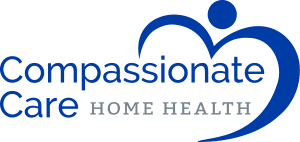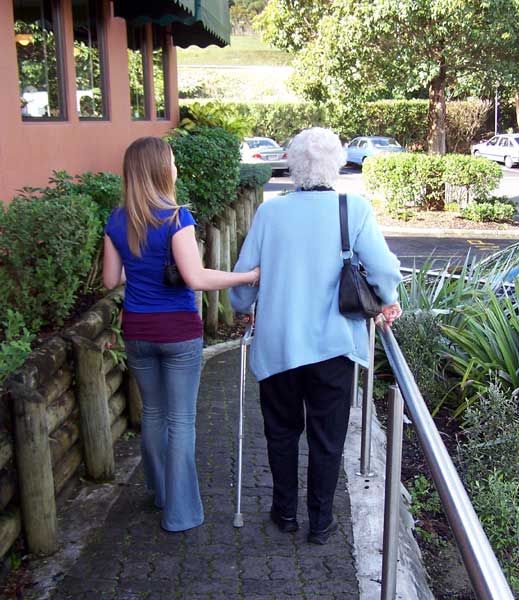When you’re trying to determine the best care for your aging loved one, there are a lot of factors to consider, including:
- Where will they receive the highest quality care?
- What are the options to suit your specific needs?
- How do you know your loved one is safe and secure?
- Will you be able to financially afford the care?
When outside daily assistance and support is necessary, there are two primary care options for aging individuals: home health care and assisted living facilities. Below is a breakdown of these two types of care.
Option 1: In-Home Health Care
In-home health care is a system of care that allows you to stay in the comfort of your own home. Depending on the level of care needed, you may require private duty nurses, home health aides, or companions to come to your home and assist with your specific needs.
Benefits of In-Home Health Care
- The care is one-on-one and customized.
- This style of care allows seniors to live independently for as long as possible while still receiving the proper care for any given medical condition.
- Flexible schedules. Compassionate Care offers 2 to 24 hour care, 7 days a week.
- Thorough and versatile care including companionship, home health aides, certified nursing assistants, LPN’s, RN’s, physical therapists and occupational therapists.
- Medication coordination, set-up and reminders. Compassionate Care nurses ensure medications and scripts are filled and set up accurately as well.
- The independence of living at home.
- Homemaking and housekeeping services for a clean home and quality meals.
- Personal care and assistance for anything needed, including bath assistance, dressing, safety supervision, monitoring vitals, etc.
- Low cost for services
Option 2: Assisted Living Facilities
Assisted Living Facilities go by many names, including retirement communities, residential care, board and care, etc. Assisted Living Facilities are a residence that includes a level of care suited to the needs of the resident.
Benefits of Assisted Living Facilities
- 24/7 support and medical staff
- Care management and monitoring
- Medication set ups and reminders
- Daily activities to interact with staff and other residents
- Housekeeping
- Security
The Major Disadvantage of Assisted Living Facilities: The Cost
Most facilities offer a range of packages to customize the care to your needs, but there are some places that charge a flat rate for residency. According to eldercare.gov, the price can range from $10,000 to more than $50,000 per year. The U.S. average is approximately $1,800 per month. They do caution that when choosing an assisted living facility, review the included services for your cost. Occasionally, there will be extra fees for additional services.
When it comes to paying for facilities, generally the resident or their families foot the bill. Occasionally, some health or long-term care insurance policies might cover some costs, but rarely is everything covered. Medicare does not cover assisted living.
The Cost of Home Care with Compassionate Care Home Health Services, Inc.
Every agency varies, but Compassionate Care Home Health Services, Inc. offers flexible options to suit your needs, both physically and financially. Our homemaking, personal care, and respite visits are available for less than $50 a visit. While home care is generally not paid for through Medicare, however, there are some programs that assist with payments. Compassionate Care works with other organizations to provide the best quality care at the most affordable rates.

